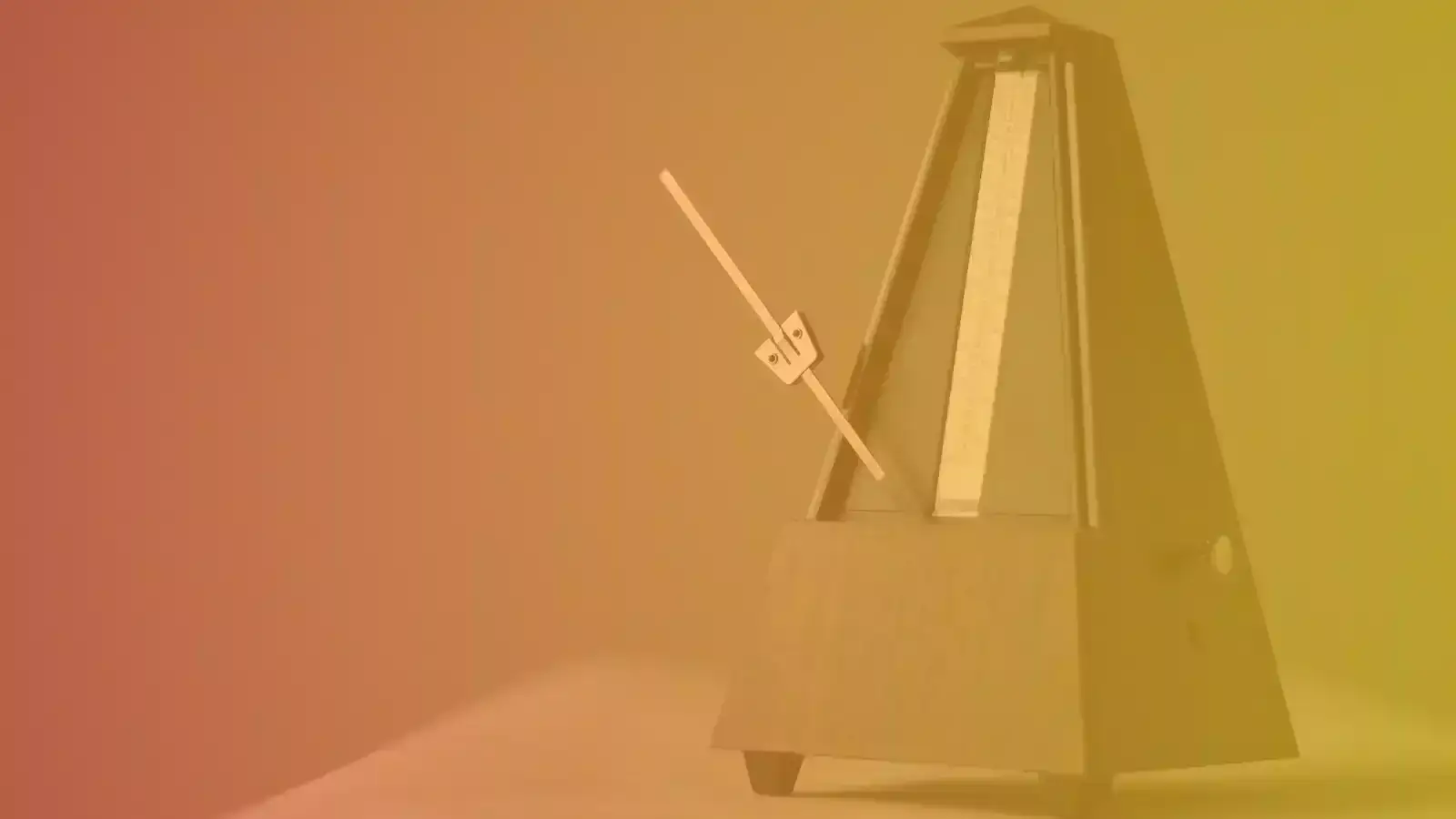What Makes A Company Future-Ready?
Crossing the street while reading Twitter (or emails); we’ve all done it, and it’s why most people fail at innovation. Chasing “what” people have said is hindsight. Everyone has a 20/20 vision when reading history. However, innovators ask “why,” which is the secret to seeing into the future with a 20/10 vision.
So why isn’t foresight a natural ability? Does it mean most leaders are reacting to what has already happened? Can foresight be learned?
Try our innovation readiness assessment to gauge your organization’s innovation readiness in three critical areas, culture, collaboration, and empathy, with immediate “next step” recommendations.
Becoming future-ready means extrapolating the data beyond the linear trend, seeing the future, and scaling up capabilities to prepare your business.
Let us share our experience to give you the playbook.
Prepare Your Business for the Challenges Ahead
During the Covid pandemic, healthcare workers experienced alarming rates of burnout. When patients urgently needed care, hospital systems failed to adequately scale their human resources. Why?
Communicate a Clear Vision of the “North star”
Systems to support healthcare providers were broken before the Covid pandemic. The industry’s north star was increased scale and cost-cutting to grow profits in the face of competition and margin compression.
Backward-looking, data-driven trends, were analyzed to validate consolidation strategies and optimize linear projections to stay “ahead of the curve.” However, customer-centric, qualitatively-derived strategies that anticipate the future needs of patients and providers were ignored, and the organization’s “why” was non-existent when the crisis emerged.
To build a “north star” that rallies and aligns an organization, leaders must talk to their internal stakeholders and external customers and gather their feedback with curiosity, not judgment.
Only then can you understand their unmet needs to incorporate it into your strategy.
Decentralize Decision-making
Should you ignore linear projections? Not entirely. It’s impossible for one person to operate an organization and plan for the future. For example, think of the healthcare executive tasked with sourcing PPE and managing employee well-being. This is a near-impossible combination.
Thus, the “innovation” is focusing on your strengths and decentralizing, i.e., trusting, your direct reports to manage areas of less strength. Most executives are stronger at operations. Thus, decentralize innovative responses to user needs by gathering feedback with a shorter, more consistent cadence and resource mid-level managers to act on emerging trends.
The key to decentralized leadership is to resource leaders closer to the internal stakeholder or external customer to communicate upward and act outward upon signals.
Our experience is most executives’ initial reaction is to not delegate trust. To build this confidence and ensure you are delegating to the right people:
- Promote the diversity of perspectives among team members. Research shows diverse teams, bringing together unique lived experiences, are more innovative.
- Highlight the intangible. Highly networked mid-level managers, who may or may not be subject matter experts, offer two benefits: first, they gain knowledge from employees who directly interact with your customers, and second, these managers can access resources from peers that are necessary to meet the customers’ needs.
- Create accountability. Don’t make your innovation process a “black box.” Promote new ideas from across the organization, allow everyone to see your innovation funnel, and communicate the outcomes of new ideas (successes AND failures).
“Organizations that consistently decide fast and ‘learn forward,’ in turn, are more likely to outperform their peers.”
Challenge yourself to clearly articulate your north star, decentralize your decision-making processes, and empower customer-centered decision-making to lower-level managers who directly interface with your customer.
Since 2015, we’ve used the user-centric approach of design thinking to help clients generate innovative, customer-centered value propositions to be the disruptor of their industry.
Interested in learning how we do it? Schedule your Discovery Call to learn more.
We look forward to learning more about your work and how design thinking can help.
Reference:
1 Accenture. (2021). Signals of Change. Business Futures 2021



